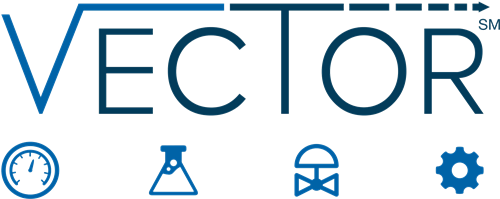pH Sensors & Transmitters
Products for high-quality pH measurement in all industries.

 Extended
Extended 
 Fundamental
Fundamental 
 Lean
Lean 
 Extended
Extended 

 Extended
Extended 



 Extended
Extended 


 Extended
Extended 
 Extended
Extended 
 Extended
Extended 
 Extended
Extended 





 Extended
Extended 

 Extended
Extended 
 Extended
Extended 







 Extended
Extended 



 Extended
Extended 





 Extended
Extended 




pH Sensors & Transmitters
Endress+Hauser’s pH Sensors & Transmitters portfolio delivers high‑quality potentiometric measurement for process environments. The line spans glass, glass‑free ISFET and enamel electrodes plus Liquiline transmitters, assemblies, and calibration solutions, engineered to make pH, one of the most common quality‑relevant variables, robust and repeatable. Selection guidance covers stable processes, fast‑changing media, sticky or fibrous streams, hazardous areas, and hygienic service. Core glass electrodes include Memosens CPS11E, the all‑rounder for stable conditions; CPS31E for drinking/pool water and very low conductivity via multi‑junction options; CPS41E with liquid KCl and ceramic junction for low‑conductivity or solvent‑rich media; CPS71E for aggressive or poisoning media (strong acids/bases); and CPS91E with an open aperture that resists clogging in dispersions and fibrous slurries.
For glass‑free or extreme duties, ISFET sensors such as Memosens CPS47E (break‑resistant, refillable KCl reference, accurate in low‑conductivity or high‑organic streams) and CPS77E for hygienic service offer long calibration intervals and CIP/SIP/autoclave tolerance. For maximal robustness, the Ceramax CPS341D enamel electrode is shatterproof and low‑maintenance in food and life‑science processes. Liquiline transmitters unify integration and diagnostics: CM442/CM444/CM448 accept up to 2/4/8 Memosens sensors with automatic recognition, an integrated web server and fieldbus options (HART, Modbus TCP/RS‑485, EtherNet/IP, PROFINET); Heartbeat Technology adds standardized diagnostics and verification. For compact points, CM82 (head‑mount, Bluetooth) and CM72 (4–20 mA) minimize footprint, while CM14 is an economical panel device.
Memosens 2.0 underpins the portfolio: digital signal conversion in the sensor and inductive, non‑contact coupling eliminate moisture‑related errors, enable safe lab calibration and plug‑and‑play exchange, and store extended calibration/load history for predictive maintenance. Individual Ex approvals for sensors, cables, and transmitters support flexible use in hazardous areas. Engineering is straightforward with standardized assemblies and automation. Dipfit CPA111 covers open basins and tanks; Flowfit CPA250 serves pressurized lines and keeps sensors wet during flow interruptions; Cleanfit CPA871 enables safe retraction; and Unifit CPA842 offers EHEDG/3‑A/ASME‑BPE hygienic designs. For demanding or remote sites, Liquiline Control CDC90 automates cleaning and calibration for up to two sensors.
Typical water & wastewater applications include influent/effluent compliance, neutralization and precipitation control, pH compensation in free‑chlorine measurement, and aeration basin monitoring. CPS31E addresses drinking and pool water with very low conductivity, while CPS91E excels in thickened sludge lines, dispersions, or fibrous streams. Dipfit/Flowfit assemblies simplify installation on open channels and skids.
In hygienic production and bioprocessing, CPS61E/CPS77E sustain stable pH through CIP/SIP and autoclave cycles, supporting fermentation and culture growth. In chemicals and power/utility circuits, CPS41E maintains accuracy in low‑conductivity media and solvent‑rich blends, while CPS71E withstands strong acids/bases. ISFET CPS47E handles fast‑changing, solvent‑rich, or low‑conductivity processes with break‑resistant shafts.
Operationally, the Liquiline/Memosens platform reduces installed cost and downtime via shared spares, multiparameter scalability, and remote access; Heartbeat verification documents performance for audits. Endress+Hauser also supplies pH buffers/standards from a DAkkS‑accredited lab for traceable calibration. Handheld Liquiline Mobile CML18 extends the same digital ecosystem for walk‑up checks and documentation.
Vector, your Authorized Endress+Hauser Representative
